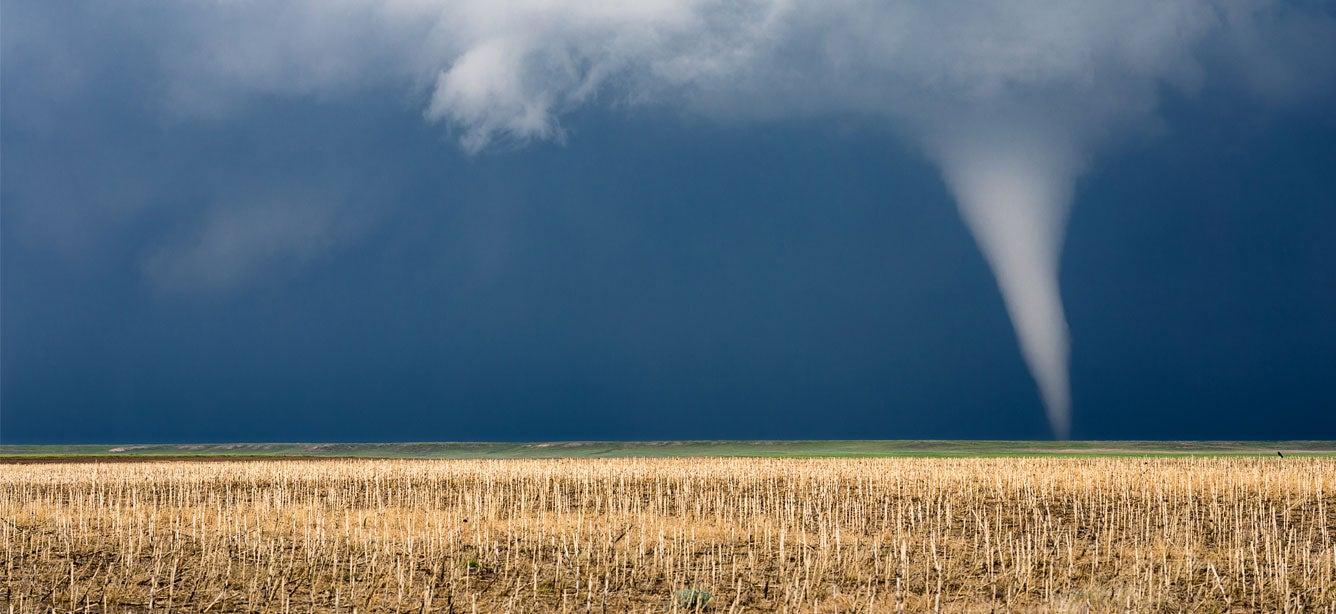Community Organizations in Disaster Efforts: From Preparedness to Relief
2 min read

Older adults—especially those with low incomes or disabilities—are often the most vulnerable group when natural disasters strike. Mobility limitations, chronic conditions, and lack of access to transportation and shelter can mean many do not to evacuate their homes. They are then faced with a disruption of services critical to their health and well-being.
This means community-based organizations (CBOs) can play a vital role in supporting preparation for, recovery from, and rebuilding after a disaster.
In 2018, NCOA received funding from the Bank of America Charitable Foundation to pilot a disaster recovery and preparedness program for low-income older adults in disaster-prone communities. We focused on digital outreach and holistic casework. We also partnered with three CBOs serving communities that had recently suffered catastrophic damage from hurricanes:
- Area Agency on Aging of Palm Beach and the Treasure Coast (West Palm Beach, FL)
- Elder Source(the Northeast Florida Area Agency on Aging in Jacksonville, FL)
- Care For Elders/Evelyn Rubenstein Jewish Community Center (Houston, TX)
These agencies were supported by a local Bank of America market manager who organized outreach volunteers. The CBOs screened clients for programs that could aid in disaster recovery and free up money in the household budget, focusing on urgent needs like home repair, food, health care, and prescription medications. Using a new feature in the BenefitsCheckUp® tool, caseworkers also supported older adults creating preparedness plans in anticipation of future weather events. In total, 684 older adults in Florida and Texas got personalized help.
Tips for community organizations
The pilot sites shared several tips for doing this work:
- Emphasize how enrollment into benefits helps build a financial safety net for those with limited resources, which can be helpful when disaster strikes.
- Include caregivers in any preparedness plan. It’s essential for individuals with disabilities who may have difficulty leaving home or accessing transportation.
- Identify pet-friendly shelters in your community that can house low-income older adults during times of disaster, since many may be reluctant to leave their pets behind.
The agencies also found that mobilizing community partners around the topic of disaster preparedness and assistance can strengthen local coalitions and reinvigorate relationships. This increases the reach of CBOs working hard to make a difference.
Read more about the pilot project.
Anyone can use these disaster assistance tools
- BenefitsCheckUp®: Develop a customized plan so you are prepared before disaster strikes, or find relief if you’re in an affected area.
- Identify areas declared as disaster zones at DisasterAssistance.gov.
- The Corporation for National and Community Service offers resources on managing volunteers, understanding staff roles, and coordinating with local emergency management organizations.